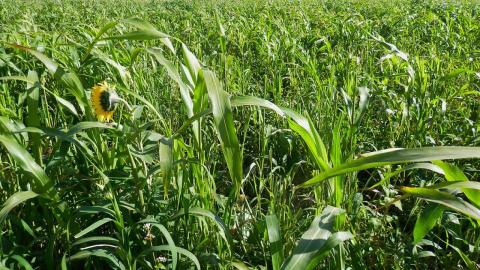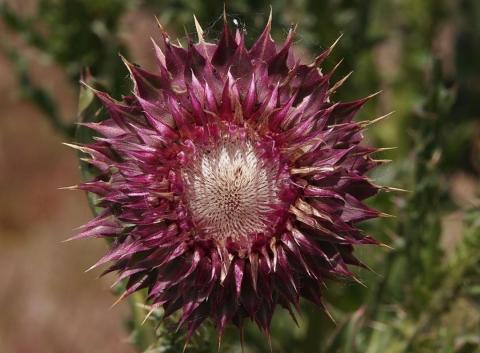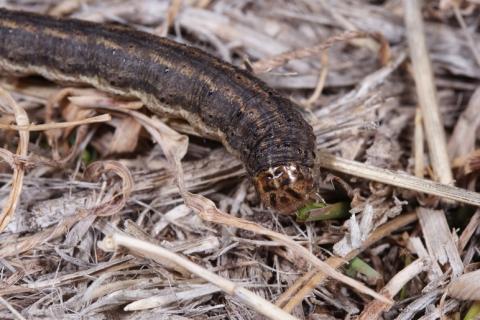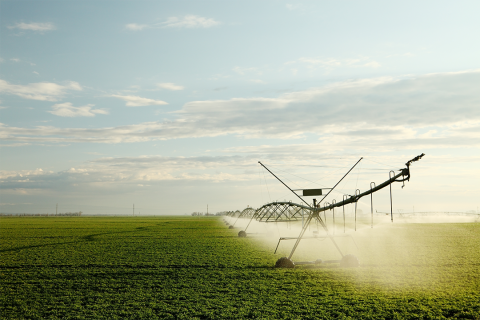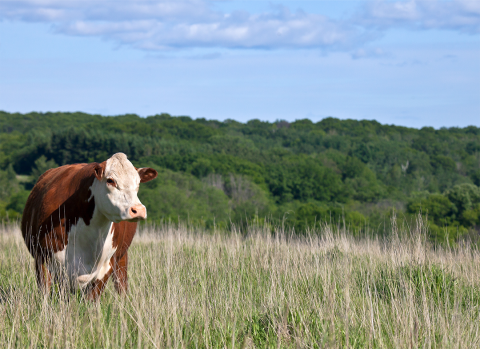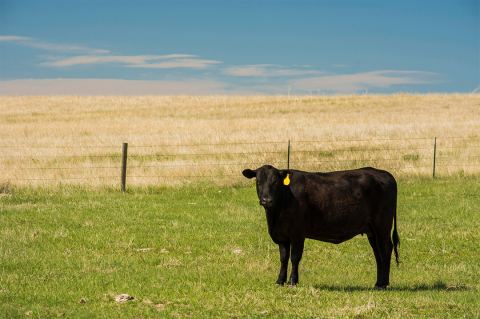Measuring Up: Annual Forage vs. Row Crop
May 10, 2024
This webinar highlights the economics and production benefits of incorporating annual forage systems into crop rotations for producers interested in diversifying their operation.
Pasture and Forage Minute: Selecting Summer Forages, Thistle Control Options
May 9, 2024
Insights on pasture rental rates, selecting summer forage based on needs for your operation, and control options for noxious weed thistles in pastures.
Pasture and Forage Minute: Fertilizing Cool-season Pasture, Army Cutworm Control
April 29, 2024
Extension educators review timelines for turnout to summer pastures, calculating returns on fertilizing cool-season pastures, and tips for scouting army cutworm in alfalfa fields.
Pasture and Forage Minute: Early Season Irrigation, Controlling Alfalfa Weevil
April 23, 2024
This week, extension educators discuss strategies for early season irrigation of alfalfa to lower seasonal water use, controlling alfalfa weevil and flash grazing in spring to mitigate early pasture weeds.
Pasture and Forage Minute: Annual Forage Webinar Series, Improving Alfalfa Stands
April 17, 2024
Extension educators introduce a new webinar series for producers interested in adding an annual forage rotation to their operation, plus insights on grazing spring cereal grains and options for thin alfalfa stands.
Pasture Lease Provisions in 2024
April 11, 2024
This Center for Agricultural Profitability webinar reviews lease provisions that producers should have in pasture leases, as well as information about beef cow share agreements.
Pasture and Forage Minute: Drones for Livestock Management, Drought Recovery
April 9, 2024
This week, extension educators weigh in on the pros and cons of drone use for livestock producers, and considerations for drought-damaged pastures and controlling winter annual weeds in alfalfa.
Pasture and Forage Minute: Double Cropping Forages, Wheat Grazing vs. Grain Value
April 3, 2024
Insights on double cropping annual forages in irrigated cropland, avoiding grass tetany, and making the decision to use wheat as forage or grain this year.
